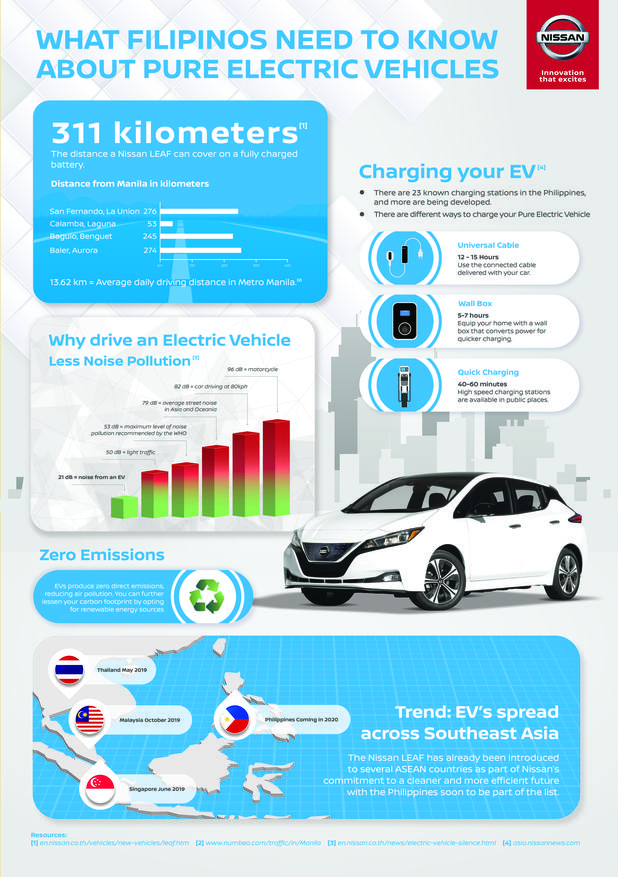RUSHVILLE – One of the most talked about subjects lately is the conversion of the gasoline-powered automobile to a battery-powered vehicle. I’ve been doing a little research to see if this conversion can really take place as readily as the conservationists claim it can. Before going much further, however, I would like to make it clear that I’m all for battery-powered cars if the infrastructure is in place to power them just as conveniently and just as quickly as going to the gas station is. Further, if battery-powered cars need to be comparable in price to gasoline-powered cars. Keep in mind that what we’re talking about is really just a spiffed-up version of a golf-cart.
Here’s what I’ve found so far from an article published by the U.S. Department of Energy. This first paragraph is a little difficult to understand with just one reading, but it’s worth the effort – I think: “In 2019, the United States imported about 3% of the petroleum it consumed, and the transportation sector accounts for approximately 30% of total U.S. energy needs and 70% of U.S. petroleum consumption. Using more energy efficient vehicles like hybrid and plug-in electric vehicles is an important part of continuing this successful trend of minimizing imported petroleum. This supports the U.S. economy and helps diversify the U.S. transportation fleet. Additionally, using an energy source such as electricity for transportation creates a resiliency benefit. The multiple fuel sources used in the generation of electricity results in a more secure and domestically generated energy source for the electrified portion of the transportation sector. All of this adds to our nation’s energy security.”
Notice that electricity is mentioned more than once. The question must be asked: “Where do we get our electricity and how is it produced?” Here’s what the U.S. Energy Information Administration has to say about the subject: “According to the U.S. Energy Information Administration, most of the nation’s electricity was generated by natural gas, coal, and nuclear energy in 2019. Electricity is also produced from renewable sources such as hydropower, biomass, wind, geothermal, and solar power.”
Well, that’s enlightening, but how much of our electricity is produced by gas and coal? “About 61% of this electricity generation was from fossil fuels: coal, natural gas, petroleum, and other gases.” So, to use electricity to power a new generation of battery-powered cars we’re still going to be using a substantial amount of fossil fuels to make them run!

Now, let’s talk about the costs associated with battery-powered cars. Again, here’s what the U.S. Department of Energy has to say: “Although energy costs for hybrid and plug-in electric vehicles are generally lower than for similar conventional vehicles, purchase prices can be significantly higher. Prices are likely to equalize with conventional vehicles, as production volumes increase and battery technologies continue to mature. Also, initial costs can be offset by fuel cost savings, a federal tax credit, and state and utility incentives. The federal Qualified Plug-In Electric-Drive Motor Vehicle Tax Credit is available for PHEV and EV purchases from manufacturers that have not yet met certain thresholds of vehicle sales. It provides a tax credit of $2,500 to $7,500 for new purchases, with the amount determined by the size of the vehicle and capacity of its battery.”
Have you read a longer paragraph that tries to answers the question, “Will it cost less to operate a battery-powered car,” with a response that could be summed up in one word, “maybe.”
Here’s an even more important question under the heading of “Infrastructure Availability.” In simple terms, how easy will it be to re-charge the battery-powered car? If it’s not as easy as going to gas station, we may have a problem. Again, here’s what the Department of Energy has to say on the subject: “PHEVs and EVs have the benefit of flexible charging. Since the electric grid is in close proximity to most locations where people park, they can charge overnight at a residence, as well as at a multi-unit dwelling, workplace, or public charging station when available. PHEVs have added flexibility because they can also refuel with gasoline or diesel (or possibly other fuels in the future) when necessary.”
While that sounds fine, not everybody just goes from home to and from work every day! People take vacations by car, they run errands, go to sporting events, and all sorts of other activities.
Most significantly, how long does it take to re-charge a battery-powered car? This is the least encouraging news of all: “The time it takes to charge an electric car can be as little as 30 minutes or more than 12 hours. This depends on the size of the battery and the speed of the charging point. A typical electric car (60kWh battery) takes just under 8 hours to charge from empty-to-full with a 7kW charging point.” Eight hours! That’s going to cause rather long lines at charging stations! It doesn’t sound to me like we’re quite ready for battery-powered cars just yet. When it’s as simple, quick, and easy to keep a battery-powered car running as it currently is to keep a gas-powered on the road, I’ll be all for it. I don’t think we’re quite there yet.
That’s —30— for this week.




